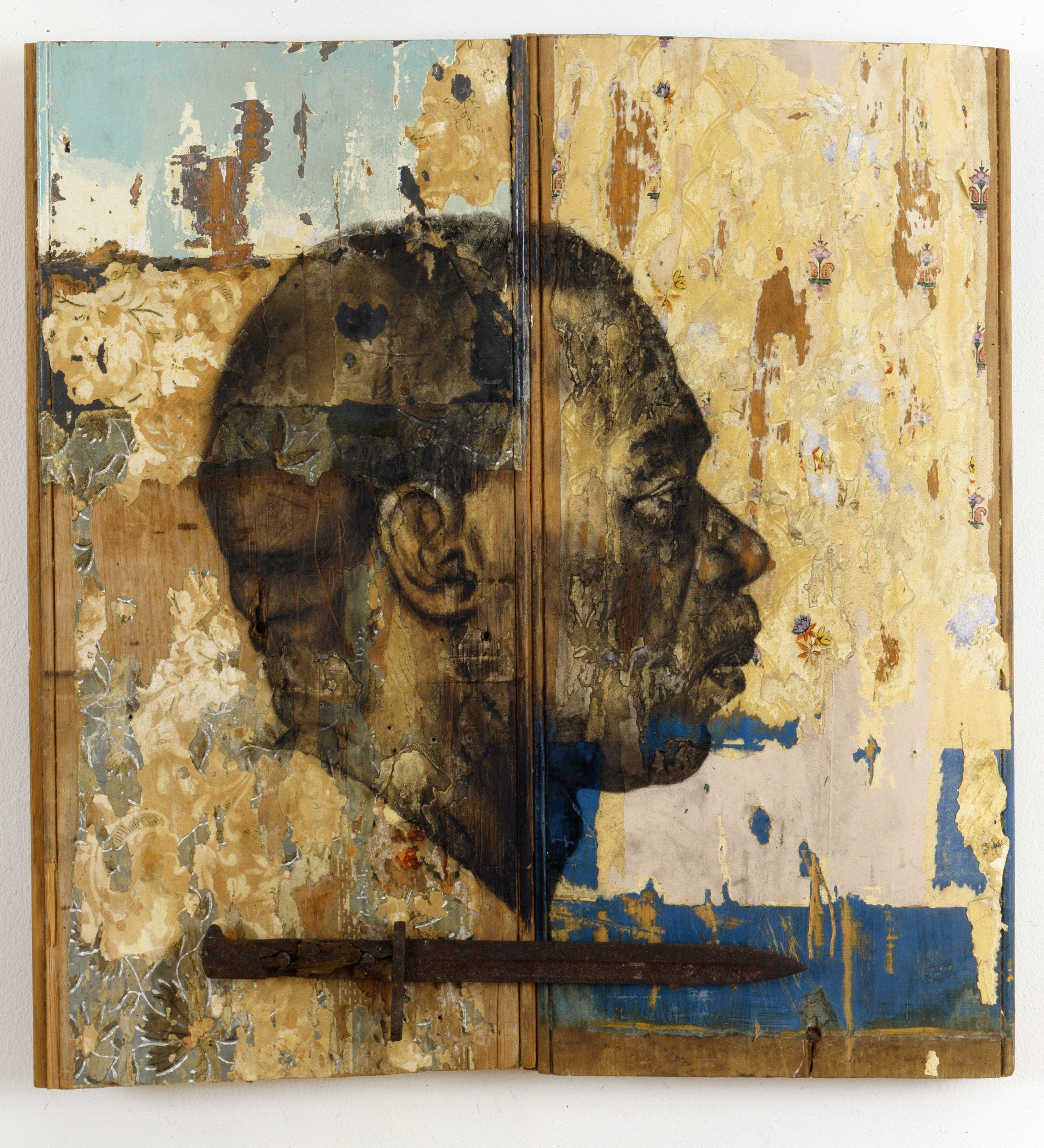

A multi-sensory exhibit featuring works focused on African American history and meant to raise universal questions about America’s collective heritage is opening in Florida this week.
The sprawling 7,500 square foot exhibition Whitfield Lovell: Passages is the largest one ever featuring the work of artist Whitfield Lovell and focused on lost African American history.
A MacArthur Foundation Genius Grant recipient, Lovell is recognized as one of the world’s leading artists interpreting this history. The internationally acclaimed artist is celebrated for his portraits, many of which are life-sized that are hand-drawn with Conté crayons from historic photos of anonymous individuals he finds. He combines these with the use of time-worn objects to raise questions about memory, American life and reclaiming history that was stolen.

“These installations create a profound immersive experience that enables visitors to become participants in, not just observers of, the experience of these ancestors who were lost to time,” says Pauline Forlenza, the Director and CEO of the American Federation of Arts, which organized the exhibition.
“Together, these works convey passages between bondage, freedom, and socioeconomic independence, promoting a deeper connection with African American histories through art,” she added.
Images of everyday African Americans anchor the artworks in Passages from the 1860s to the 1950s, the period between the Emancipation Proclamation and the start of the Civil Rights Movement. It includes powerful videos and installations that speak to African American history and issues of identity, memory and America’s collective heritage.
As an artist, Lovell said he feels that the art world has often overlooked the time period he selected. In this exhibit, many of his works incorporate drawings on paper or salvaged wood based on photographs of Black subjects taken during these important periods in Black history.
“I see the so-called ‘anonymous’ people in these vintage photographs as being stand-ins for the ancestors I will never know,” Lovell said.
He combined the images with objects like American flags, silk flowers, medicine bottles, and soil in order to illustrate the personalities and life experiences of the people in the works.

“I have avoided making images of famous people, and instead, I use found images of so-called ‘anonymous’ people, whose names we don’t know and whose lives we can’t know about because they were erased from history,” said Lovell.
“At one time, this person walked the earth, spoke and lived and dreamed, just as we are doing today. I look for the humanity that I can find from each of the nameless images I choose to work from.”
Whitfield Lovell: Passages opens on February 15th at The Boca Raton Museum of Art in South Florida. It’s the first stop on a national tour of the exhibition. It will continue across six states throughout the American South and the Midwest.